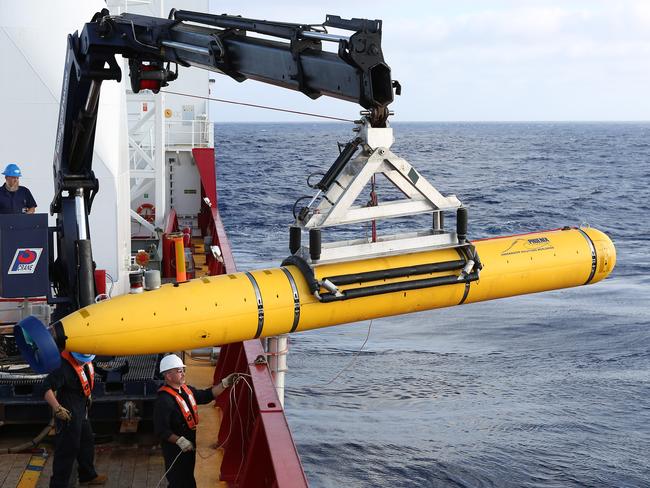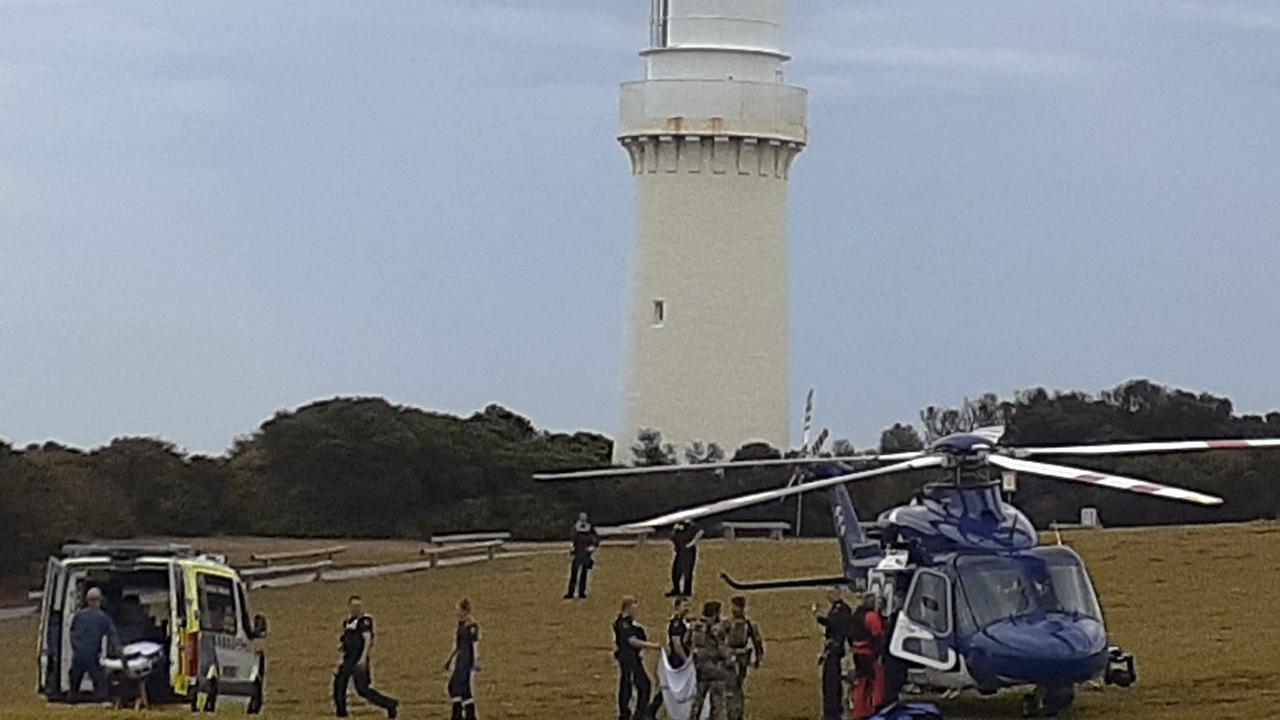Oceanographer Erik van Sebille says finding missing Malaysia Airlines flight MH370 ‘virtually impossible’ without new lead
THE world is no closer to finding Malaysia Airlines flight MH370 and now the search area has ballooned to the size of Tasmania.

National
Don't miss out on the headlines from National. Followed categories will be added to My News.
THE search area for the missing Malaysia Airlines flight MH370 has ballooned to a patch of ocean virtually the size of Tasmania — and a Sydney-based academic says finding the plane is “virtually impossible” without a new lead.
After three months of fruitless searching and millions of dollars spent, the world is no closer to finding Malaysia Airlines flight MH370, which went missing on March 8 en route from Kuala Lumpur to Beijing with 239 people on board.
After the strongest lead in the search, the acoustic pings detected off the coast of Western Australia, turned out to be a dead end, the next best hope for finding the wreckage lies in a vast 60,000sq km arc of the southern Indian Ocean that is nearly as large as the land mass of Tasmania.
A Sydney-based oceanographer told news.com.au that finding the plane was “virtually impossible” unless there was a new breakthrough.

Erik van Sebille from the University of NSW, who is an expert on the oceans surrounding Australia, has followed the hunt closely. He said underwater searches such as these were incredibly difficult — and he wasn’t optimistic of a successful outcome given where the effort currently stands.
“It’s virtually impossible to find the plane if there’s not an extra lead,” Dr van Sebille said.
“If there’s no other lead … then I think we are in a pretty dire situation,” he said.
Infrastructure Minister Warren Truss announced yesterday that the underwater vehicle Bluefin-21 had finished scouring 850sq km of the ocean floor in the vicinity of the acoustic signals that were detected in early April, suspected of coming from the missing plane’s black box.
“The area can now be discounted as the final resting place for MH370,” Mr Truss told Parliament.
RELATED: MH370 questions answered: What next in hunt for missing plane?
RELATED: Ocean currents ‘could scatter MH370 debris in different locations, at different speeds’
With this line of inquiry — the most promising lead so far in the search efforts — going cold, the mission now turns to an area of the ocean 800km long and 70km wide where the aircraft is believed to have travelled in its final hours.
The next best hope of finding the plane lies in the painstaking process of essentially mapping the ocean floor from scratch, which a Chinese survey vessel has begun, followed by a 12-month underwater search to start in August.

Dr van Sebille said only about 5 per cent of this part of the sea floor terrain had been mapped before and that we had better maps of the surface of Mars.
“The chances of spotting the plane itself are very, very slim this way,” he said. “It’s quite unlikely.”
The joint mission to find the plane is already the biggest search operation in history — and it is likely to be the most expensive — but there has been no evidence so far that brings the mission closer to finding the missing airliner.

Despite yesterday’s major setback, Mr Truss has reiterated the government’s faith in the search effort.
“We are still very confident that the resting place of the aircraft is in the Southern Ocean and along the seventh ping line,” he told Parliament.
A spokesperson for Mr Truss was unable to say how much Australia had already spent on the search effort, but said $89.9 million had been allocated in the Federal Budget up to next June.
“The Australian Government is committed to the search for MH370 and understands the importance of trying to resolve the mystery for the sake of the families and friends of those who have been lost,” the spokesperson told news.com.au.
Labor has also backed the efforts, with Opposition Leader Bill Shorten today saying the mission was not being helped by the running commentary on the fate of the flight.
“We’ve all been touched by the tragedy and the disappearance of MH370,” he told reporters in Melbourne.
“What I think we need to do is have less running commentary and more letting the professionals get on with the job of trying to answer this terrible question.”

Originally published as Oceanographer Erik van Sebille says finding missing Malaysia Airlines flight MH370 ‘virtually impossible’ without new lead


